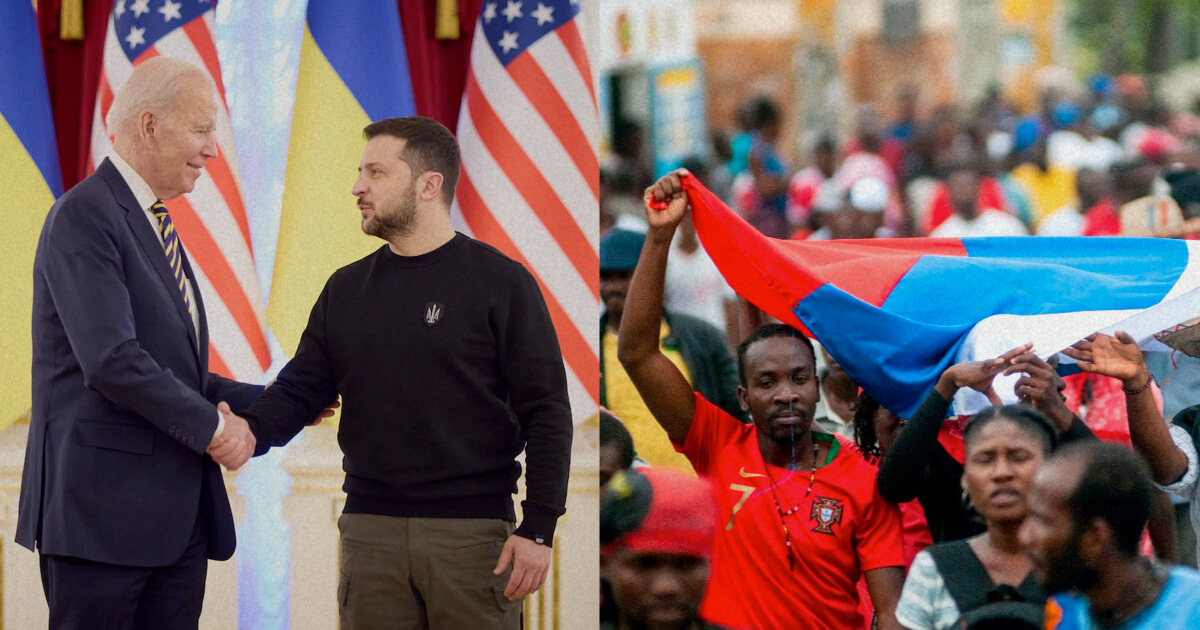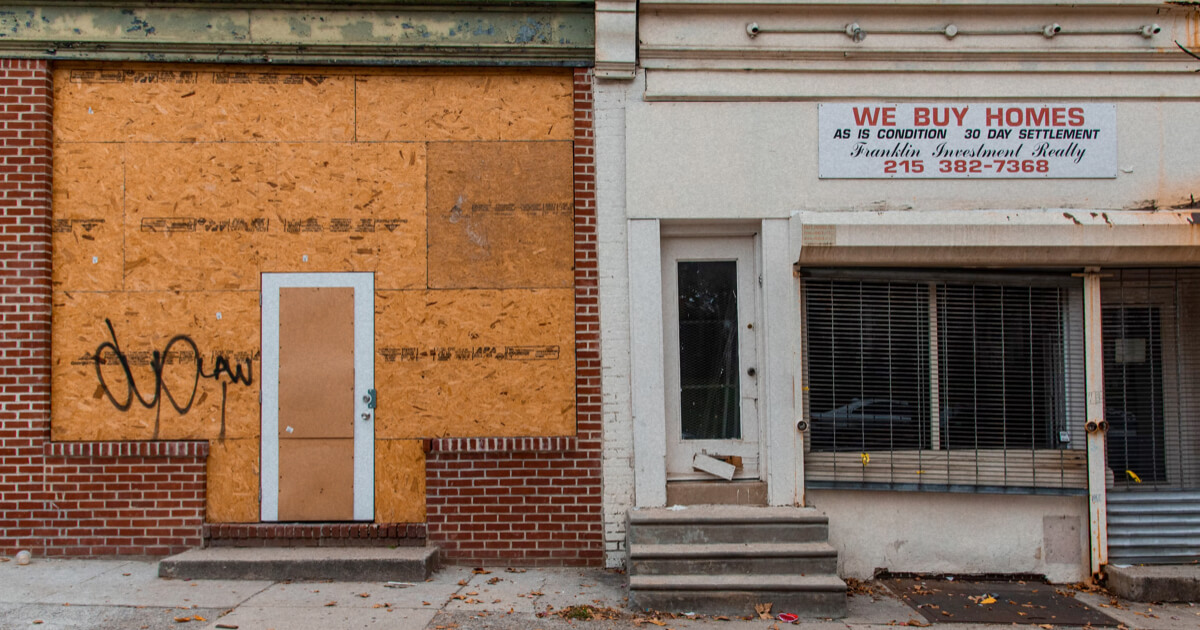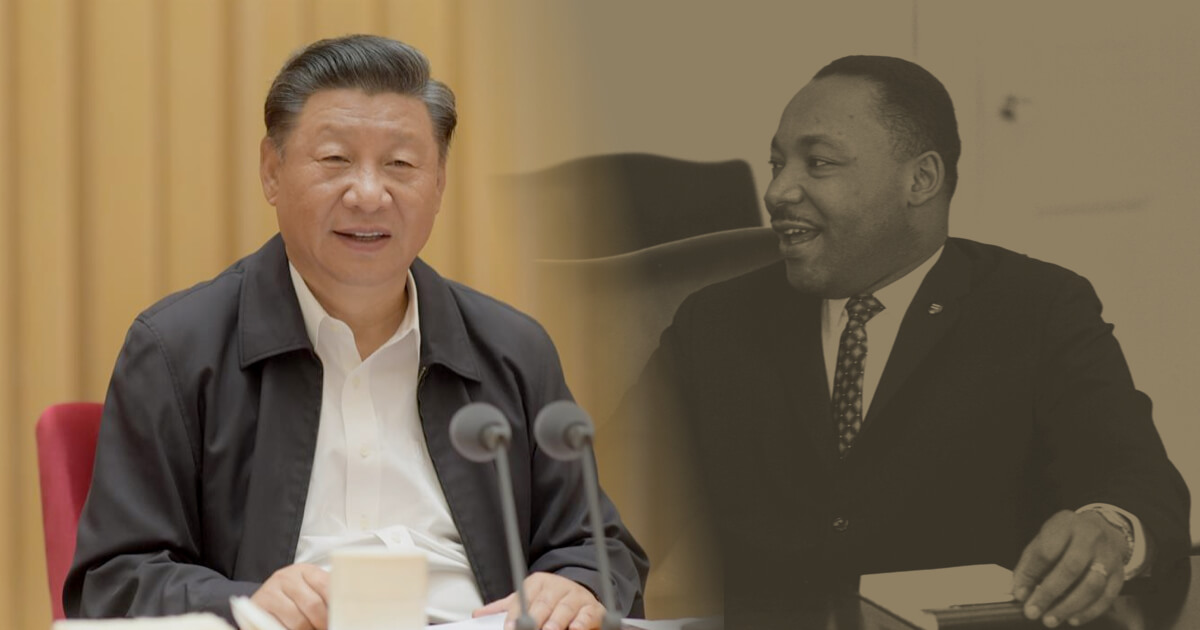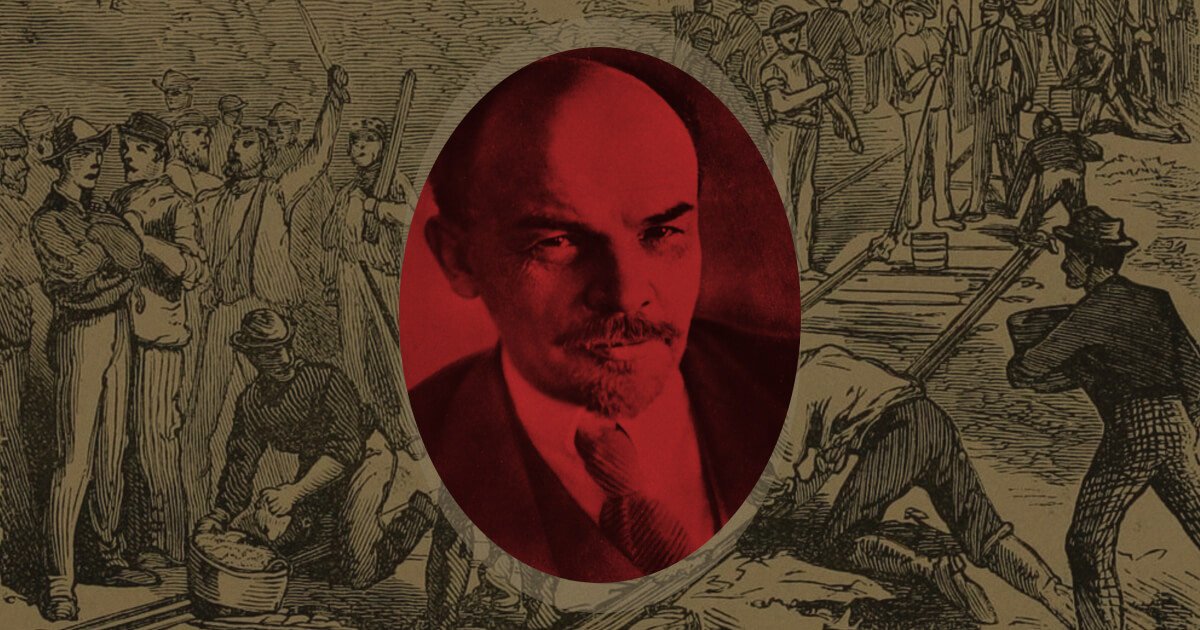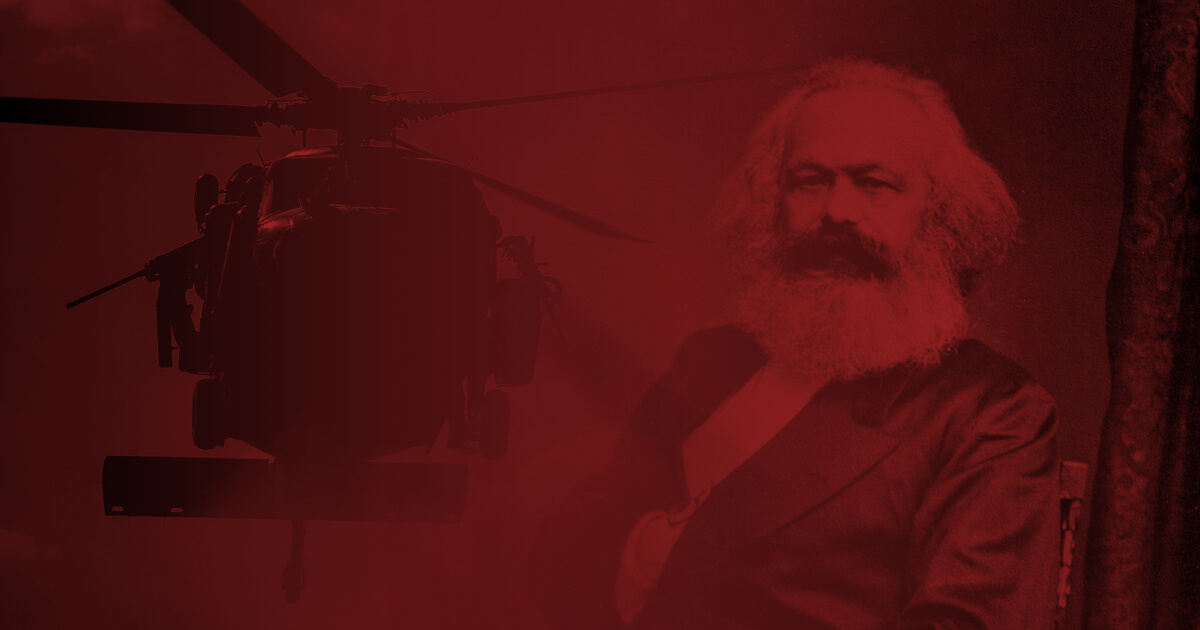Under bourgeois democracy, there prevails a specific kind of interrelationship between political society and civil society, between the moment of force and the moment of consent. Governmental apparatuses are tasked with penetrating the masses from without, in order to impose capitalist ideologies on them and organize people in the forced, artificial unity of intermediate bodies.
The consent thus obtained is overdetermined by coercion. As Antonio Gramsci writes in §47 of Notebook 1:
“Government by consent of the governed, but an organized consent, not the vague and generic kind which is declared at the time of elections: the State has and demands consent, but it also “educates” this consent through political and trade-union associations which, however, are private organisms, left to the private initiative of the ruling class.”
While the ruling class does shape and maintain consent in civil society, the latter also possesses a relative autonomy from political society. This derives from the internal mechanisms of the bourgeoisie’s hegemonic project: to gain consent, the ruling class has to interact with the many demands arising from the class conflicts that are constitutive of capitalist society. In this process, the collective structures of civil society are given a bivalent character. On the one hand, they serve as the instruments through which the elite exercises consensual power. On the other hand, insofar that the bourgeoisie has to maintain a power equilibrium through the extension of concessions to subalterns, the organisms of civil society also function as the principal vehicle for the actions of these oppressed classes. The specific composition of this duality can change depending on the course of class struggle.
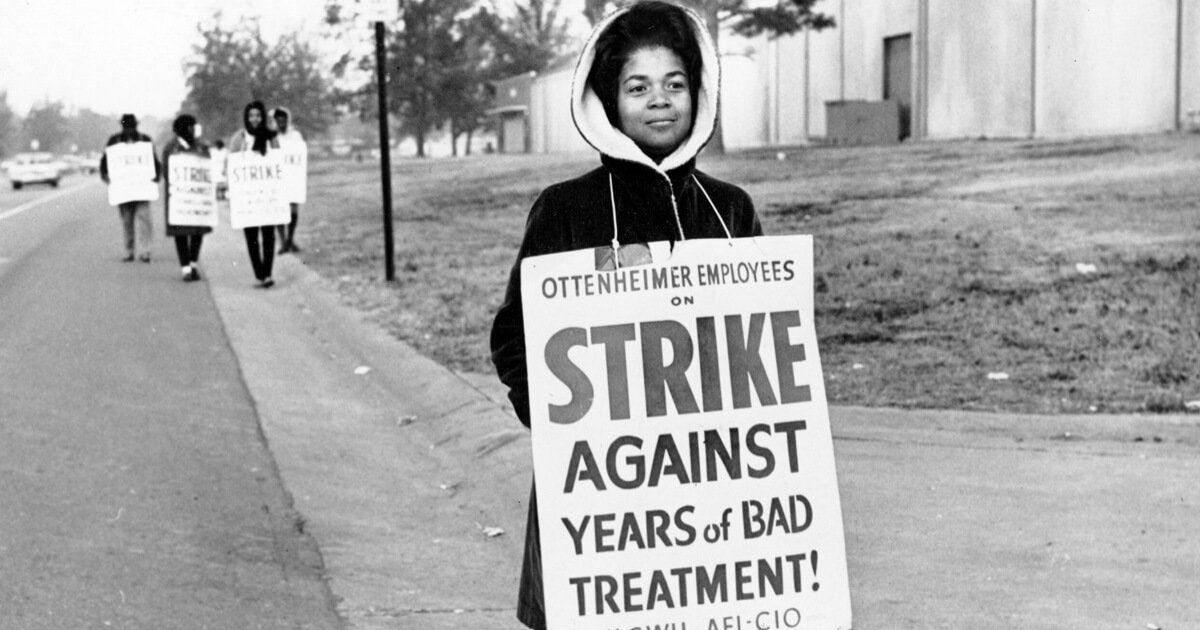
STRIKE IN LITTLE ROCK: In 1966, upwards of 800 Little Rock workers in the International Ladies Garment Workers Union went on strike after their employer ended recognition of the union in bargaining.
In the words of Michele Filippini, while the two-pronged function of civil society institutions remains invariant, “the prevalence of the one over the other in their everyday course of action, or rather, the political capacity to subordinate one interest to another through hegemonic action” is subject to the dynamics of resistance. That is why these structures can be “‘made to operate’ both as organic mechanisms re-balancing the power system and as an independent expression of subaltern, potentially revolutionary demands.” However, the relative autonomy of civil society does not mean that socialist activism can be reduced to a gradual process of winning cultural influence in one sphere of society after another. Politics cannot be reduced to pedagogy. The differences between Mensheviks and Bolsheviks can help illustrate this point.
Alan Shandro writes:
“[Their] contrasting approaches to the struggle for hegemony yielded opposing readings of the soviets: both Mensheviks and Bolsheviks knew them as organizing committees for a general strike, but where the former conceived of them as the site of a kind of proletarian model parliament, Lenin attributed to them the potential of embodying an alliance of workers and peasants and assuming state power. Thus in 1905, where the Bolsheviks sought to organize insurrection through the soviets, the Mensheviks supposed that a focus on insurrection would undermine the process of working-class self-education…”
In other words, Bolsheviks gave a concrete character to proletarian education by considering it as part of the contestations involved in the bourgeois-democratic revolution, which could either result in the destruction of Tsarism or a transition dominated by a landlord-bourgeois coalition.

SOLIDARITY: Little Rock workers hold signs during the 1966 strike against Sears Roebuck. Strikes in solidarity of these workers broke out in Chicago and New York.
The Russian experience explains that civil society is intimately tied with relations of force. It can’t be understood as a “battle of ideas” in which the working class has to merely present its own ideology to bring about a revolution. On the contrary, civil society has to be considered as an unequal terrain of ideological war, constituted by the ruling class with the help of various hegemonic apparatuses. Consent, in other words, in an effect of the materiality of state institutions. The structural presence of these material apparatuses is ignored by those socialists who vainly search for an external vantage point from which they can launch a struggle for the educational emancipation of the proletariat. In contrast, Lenin – to use Shandro’s words – “conceived the “self-knowledge of the working class” …as inherently bound up with a theoretical-practical understanding of every class and stratum in society; he situated the hegemonic political project, correspondingly, in the context of a strategic matrix of struggle around state power. The independent activity of the working class is expressed by impressing its interests upon the course of class struggles.”
Since civil society is an extension of the state – conditioned by the exigencies of the mode of production – it can’t be considered as an unproblematic area of socialist struggle. Instead, we need to comprehend how the private ensembles of civil society are internally linked to the politically confined system of the modern state; a viewpoint that overlooks these linkages will eventually come up against the limits of the bourgeois state. These limits are established by the many institutional complexes possessed by the state. In §83 of Notebook 7, Gramsci notes:
“Public opinion is the political content of the public’s political will that can be dissentient; therefore, there is a struggle for the monopoly of the organs of public opinion – newspapers, political parties, parliament – so that only one force will mold public opinion and hence the political will of the nation, while reducing the dissenters to individual and disconnected specks of dust.”
A viable socialist perspective has to recognize the fact that unless the state is taken over by the proletariat, elements of resistance and mass movements in civil society will remain embryos, susceptible to fragmentation and dispersion. So, while the consciousness of the subaltern is contradictory, split by the diverse rhythms of the opposing class projects found in civil society, the coherence and submissiveness of the subject is ultimately guaranteed by the juridical-political practices of the state. The Left, instead of trying to escape from this reality of state power, has to sap it through a concrete movement of contradictions that identifies the vulnerabilities of the state. As Peter D. Thomas argues:
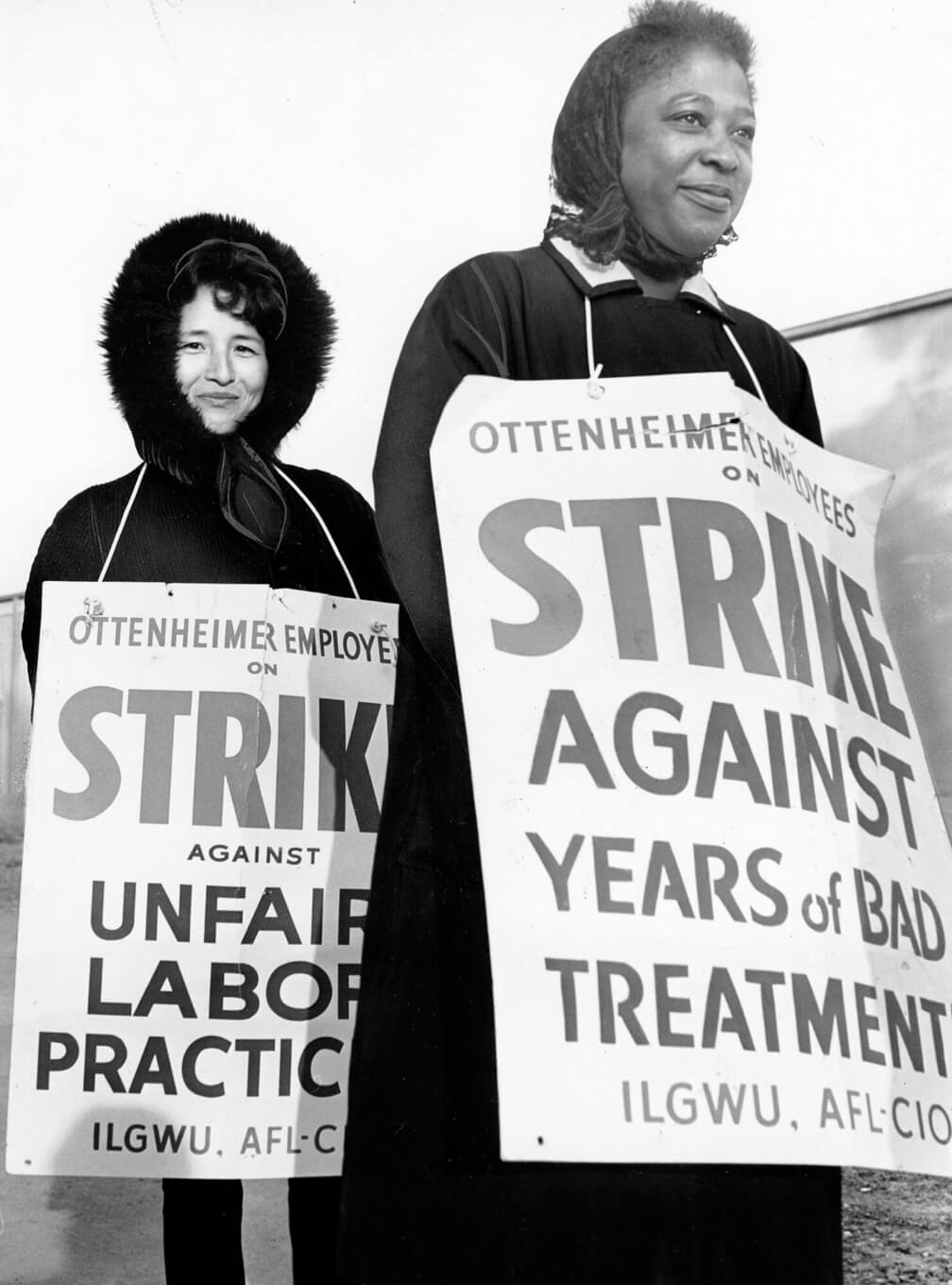
STANDING TOGETHER: Workers in Little Rock brave Arkansas December temperatures to protest “years of bad treatment.”
“It is…not a question of subtracting the deformations of the existing political society in order to reveal a hard core of ‘politics’ in the Real, be it in social antagonism, civil society or an indeterminate place beyond it. On the contrary, in so far as the hypostatized forms of the bourgeois political really do determine the conceptual space in which politics in this social formation can occur…it is much more a case of determining the particular forms of practice, even and especially in their conditions of subalternity to or interpellation by the existing political society, that are capable of rupturing its material constitution from within.”
To sum up, if full-fledged consent is to be gained for the socialist project, the proletariat must occupy and transform political society. In one of his articles for the Italian socialist weekly “The New Order”, Gramsci said that a revolution ceases being an “empty bladder of demagogic rhetoric…when it embodies itself in a type of State, when it becomes an organized system of power…the guarantee of permanence and of the success of every social activity”.
But this focus on the seizure of power should not reach excessive proportions. Otherwise, the Left will lose sight of the need to engage in pedagogical work on the terrains of civic, social and cultural life. Therefore, the struggle for the control of political society has to be combined with the cultural struggle in civil society.
Republished with permission from Midwestern Marx. Photos credit: Kheel Center on Flickr (CC BY 2.0).





